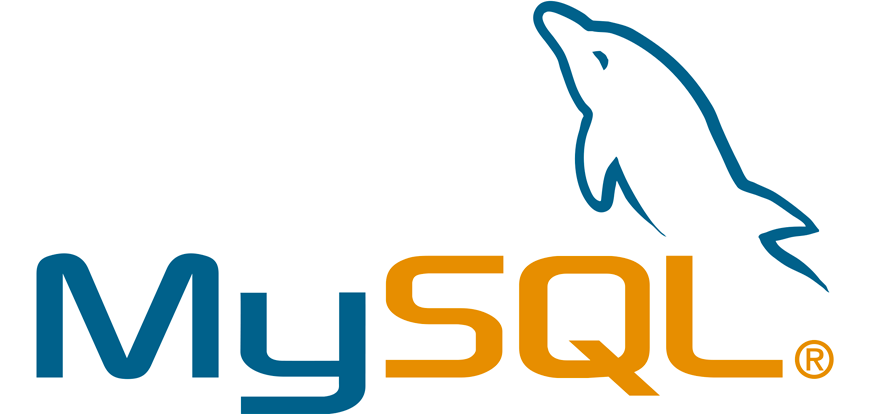Install MySQL Database 5.7.20/8.0.3 on Fedora 27/26/25, CentOS 7.4/6.9, Red Hat (RHEL) 7.4/6.9
MySQL is an open-source relational database management system. Its name is a combination of “My”, the name of co-founder Michael Widenius’s daughter, and “SQL”, the abbreviation for Structured Query Language
1. Change root user
su - ## OR ## sudo -i
2. Install MySQL YUM repository
Fedora
## Fedora 27 ## dnf install https://dev.mysql.com/get/mysql57-community-release-fc27-10.noarch.rpm
## Fedora 26 ## dnf install https://dev.mysql.com/get/mysql57-community-release-fc26-10.noarch.rpm
## Fedora 25 ## dnf install https://dev.mysql.com/get/mysql57-community-release-fc25-10.noarch.rpm
CentOS and Red Hat (RHEL)
## CentOS 7 and Red Hat (RHEL) 7 ## yum localinstall https://dev.mysql.com/get/mysql57-community-release-el7-11.noarch.rpm
## CentOS 6 and Red Hat (RHEL) 6 ## yum localinstall https://dev.mysql.com/get/mysql57-community-release-el6-11.noarch.rpm
3a. Update or Install MySQL 5.7.20
Fedora 27/26/25
dnf install mysql-community-server
CentOS 7.4/6.9 and Red Hat (RHEL) 7.4/6.9
yum install mysql-community-server
3b. Update or Install MySQL 8.0.3
Fedora 27/26/25
dnf --enablerepo=mysql80-community install mysql-community-server
CentOS 7.4/6.9 and Red Hat (RHEL) 7.4/6.9
yum --enablerepo=mysql80-community install mysql-community-server
4. Start MySQL server and autostart MySQL on boot
Fedora 27/26/25 and CentOS 7.4 and Red Hat (RHEL) 7.4
systemctl start mysqld.service ## use restart after update
systemctl enable mysqld.service
CentOS 6.9 and Red Hat (RHEL) 6.9
/etc/init.d/mysql start ## use restart after update ## OR ## service mysql start ## use restart after update
chkconfig --levels 235 mysqld on
5. Get Your Generated Random root Password
grep 'A temporary password is generated for root@localhost' /var/log/mysqld.log |tail -1
Example Output:
2015-11-20T21:11:44.229891Z 1 [Note] A temporary password is generated for root@localhost: -347wdhsdf
And root password is: -347wdhsdf
6. MySQL Secure Installation
- Change root password
- Remove anonymous users
- Disallow root login remotely
- Remove test database and access to it
- Reload privilege tables
Start MySQL Secure Installation with following command
/usr/bin/mysql_secure_installation
Output:
Securing the MySQL server deployment.
Enter password for user root:
The existing password for the user account root has expired. Please set a new password.
New password:
Re-enter new password:VALIDATE PASSWORD PLUGIN can be used to test passwords
and improve security. It checks the strength of password
and allows the users to set only those passwords which are
secure enough. Would you like to setup VALIDATE PASSWORD plugin?Press y|Y for Yes, any other key for No: y
There are three levels of password validation policy:
LOW Length >= 8
MEDIUM Length >= 8, numeric, mixed case, and special characters
STRONG Length >= 8, numeric, mixed case, special characters and dictionary file
Please enter 0 = LOW, 1 = MEDIUM and 2 = STRONG: 0
Using existing password for root.Estimated strength of the password: 100
Change the password for root ? ((Press y|Y for Yes, any other key for No) : yNew password:
Re-enter new password:
Estimated strength of the password: 50
Do you wish to continue with the password provided?(Press y|Y for Yes, any other key for No) : y
By default, a MySQL installation has an anonymous user,
allowing anyone to log into MySQL without having to have
a user account created for them. This is intended only for
testing, and to make the installation go a bit smoother.
You should remove them before moving into a production
environment.Remove anonymous users? (Press y|Y for Yes, any other key for No) : y
Success.Normally, root should only be allowed to connect from
‘localhost’. This ensures that someone cannot guess at
the root password from the network.Disallow root login remotely? (Press y|Y for Yes, any other key for No) : y
Success.By default, MySQL comes with a database named ‘test’ that
anyone can access. This is also intended only for testing,
and should be removed before moving into a production
environment.Remove test database and access to it? (Press y|Y for Yes, any other key for No) : y
– Dropping test database…
Success.– Removing privileges on test database…
Success.Reloading the privilege tables will ensure that all changes
made so far will take effect immediately.Reload privilege tables now? (Press y|Y for Yes, any other key for No) : y
Success.All done!
Note: If you don’t want some reason, do a “MySQL Secure Installation” then at least it’s very important to change the root user’s password
mysqladmin -u root password [your_password_here]
Example ##
mysqladmin -u root password myownsecrectpass
7. Connect to MySQL database (localhost) with password
mysql -u root -p ## OR ## mysql -h localhost -u root -p




Leave a Reply
Want to join the discussion?Feel free to contribute!